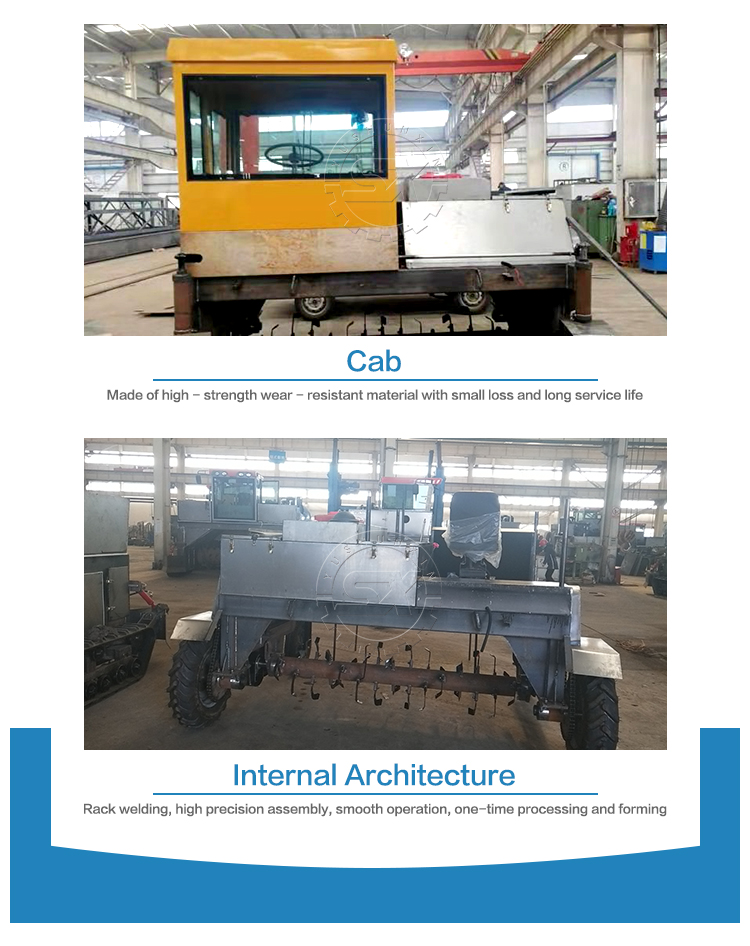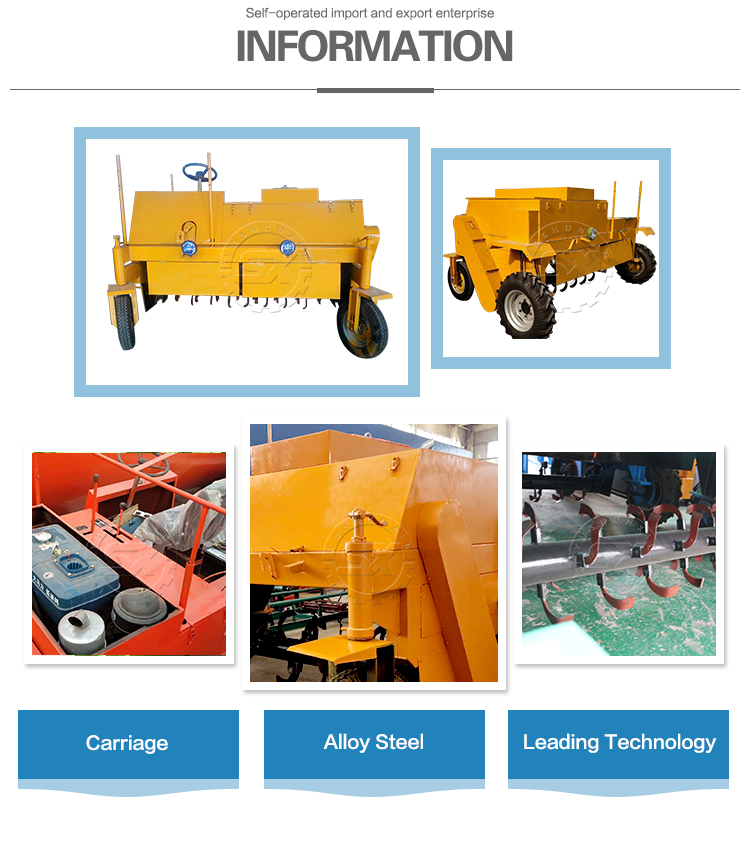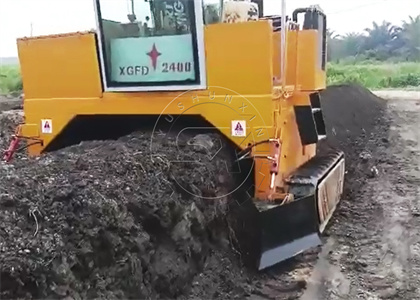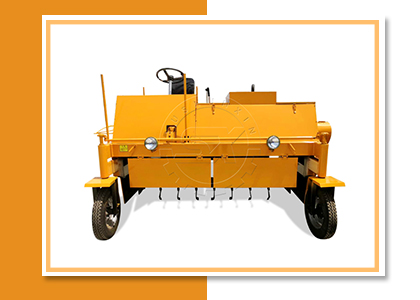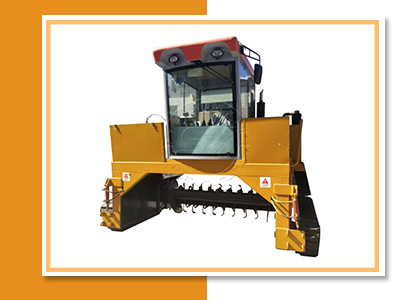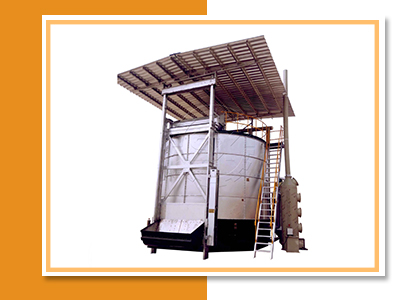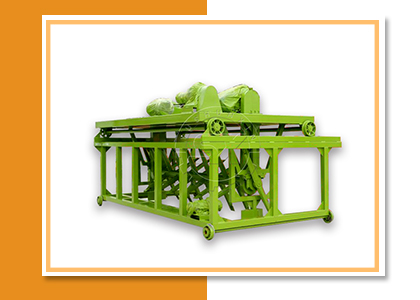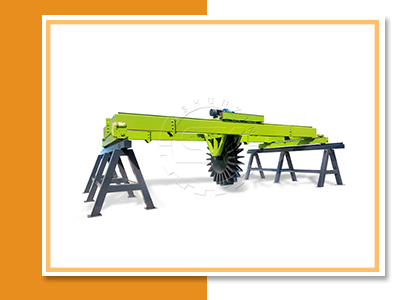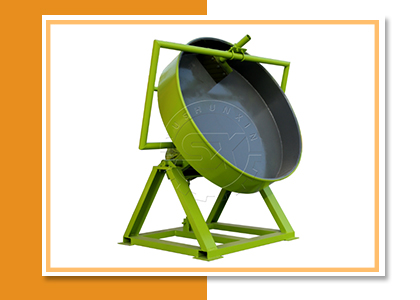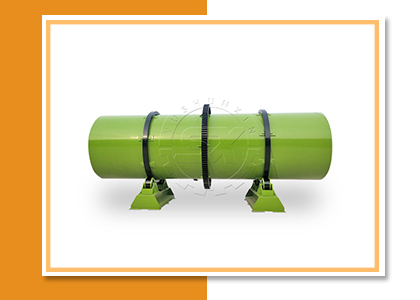Manure management is an important aspect of small farm operations, as improper handling of manure can lead to environmental and health hazards. Manure management is important for small farm sustainability development. One of the challenges for farming is how to manage these manure properly. A horse of 1000 pounds will produce 50 pounds of waste every day. If breeding one year, you will get about 10 tons manure per year. So just a few animals, you have to handle so much manure. Actually, a small farm not only breed one horse, it could have 30-hesd horse or 100 head pigs.
Small farms may have fewer animals and generate less manure than larger operations, but it’s still important to properly manage and dispose of the waste. There are several methods to manage your farm waste , each method has its pros and cons. You just choose the most suitable way for your farm.
Composting
Composting is a popular method of manure management that involves mixing manure with other organic materials, such as straw, hay, or leaves, and allowing it to decompose into a nutrient-rich soil amendment. The most common way for small farms is windrow composting. It is a manure disposal machine which can turn your manure into the materials for making organic fertilizer. The finished compost can be used as fertilizer in the garden or sold to other farmers or gardeners. Composting has numerous benefits, including reducing the volume of manure, eliminating pathogens and weed seeds, and producing a valuable fertilizer.
To begin composting, small farmers should choose a location that is well-drained and has good air circulation. The first step in creating a compost pile is to mix manure with other organic materials such as straw, hay, or leaves. The compost pile should be 2.4-3m wide and 0.6-1.5m high for windrow composting machine turning. This will create a balanced carbon to nitrogen ratio, which is essential for the composting process.
Once the pile is created, it should be turned regularly to ensure that air and moisture are evenly distributed throughout. Using a manure compost machine will help the materials decompose more quickly and reduce odors. The ideal temperature for a compost pile is between 130-160°F, which can be achieved by layering the materials and turning the pile regularly.
As the compost pile breaks down, it will go through several stages of decomposition. The initial stage involves aerobic bacteria breaking down the organic matter, producing heat and carbon dioxide. The second stage involves fungi and other organisms breaking down the tougher materials, such as straw and leaves. Finally, the compost will reach a mature stage where it is a dark, crumbly material that is rich in nutrients.
Land application
Land application involves spreading manure on fields as fertilizer. This can be an effective way to recycle nutrients and improve soil health, but it requires careful management to avoid over-application and runoff. Before you want applied your farm manure to your land, you have to compost it.
Storage and Spreading
Small farms may opt to store manure in a pit or tank and spread it on fields as needed. Storage and spreading is a common method of managing manure on small farms. This method involves storing manure in a pit, lagoon, or tank and spreading it on fields as needed. The storage system may be as simple as a dug pit or as complex as a covered, concrete tank with a pump and piping system. This method can be cost-effective but requires careful management to avoid odors and runoff.

